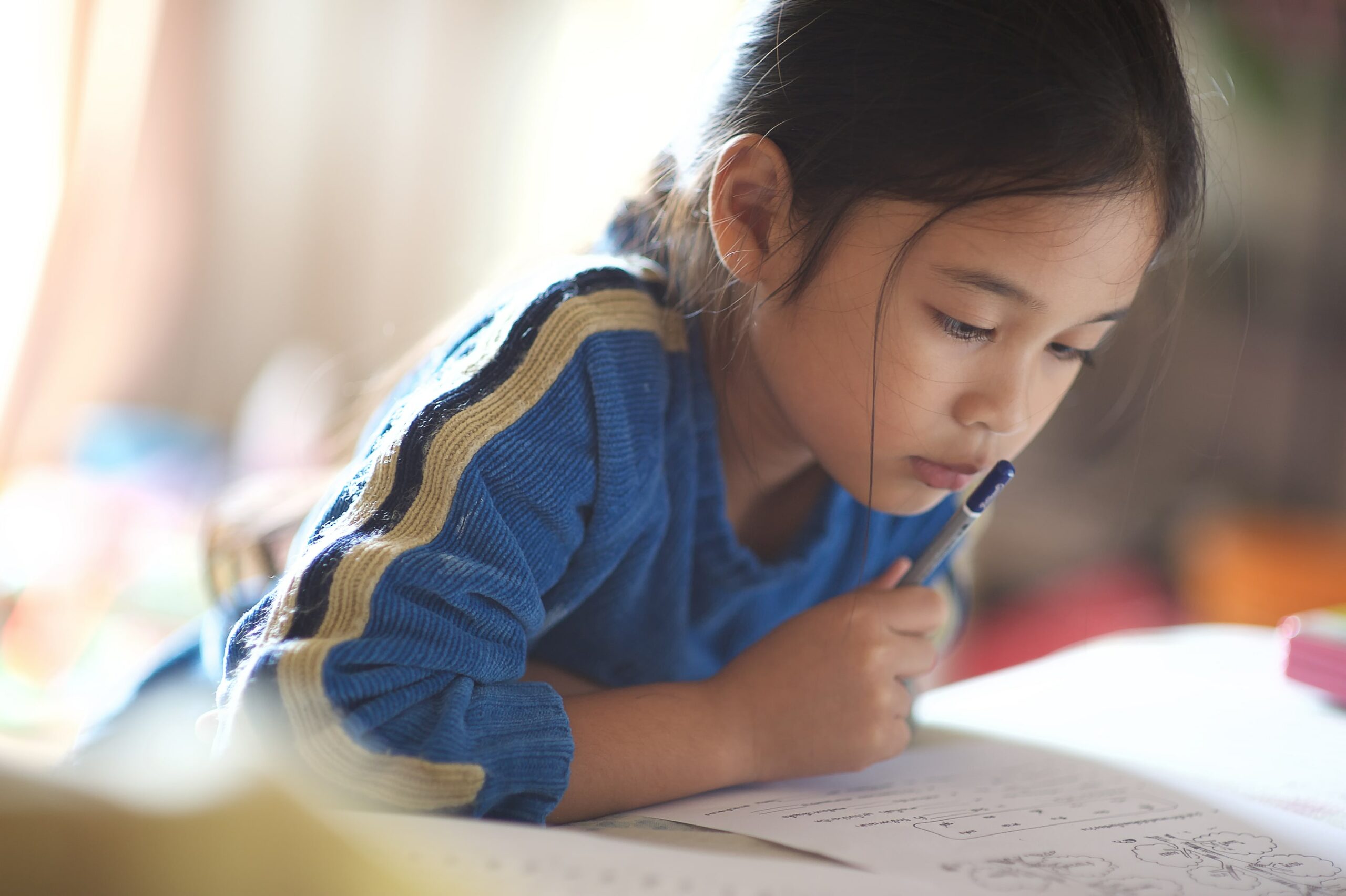The study mania in Singapore: The myopia capital of the world

Our Cultural Emphasis on Education
The cornerstone of the traditional Singaporean route to success has typically been education, as parents instill the value of studying hard in their children. Generations of parents, influenced by their own families, have cultivated a mindset of success defined by studies. It sounds like a good thing, but there’s a flipside – overly competitive environments. Children are pressured to work hard, and spend more time on homework and in front of devices and computers. The benefits of this hard work to our children and to our society are clear, but is there a negative impact of these long hours spent studying? One such negative impact that has been shown in recent studies is myopia (short-sightedness), where Singapore is now widely known as the myopia capital of the world.
The Myopia Epidemic
The answer is most likely a yes. Excessive near work is a well-defined risk factor for the development of myopia or short-sightedness, and the problem is bigger than you may think. Myopia has become a global epidemic, affecting more than 2 billion people, and in Singapore, more than 10% of children already have myopia by the time they leave pre-school. Rates reach 50% by primary school, and soar to 80% by the end of secondary school.
With the high prevalence of myopia in our schooling children, parents should be majorly concerned. Yet, many easily treat short-sightedness as an almost inevitable effect of working hard in our education. However, experts say that this problem is caused by the environment that our children grow up in. Urbanisation and education pressures force our children to spend too much time indoors on books and technological devices like smartphones and computers. This takes away precious time kids spend outdoors playing.
Starting Young, Saving Vision
It’s possible to manage and even slow the onset of myopia in children, even as they excel in their studies. One of the ways to do this is exceedingly simple – by obtaining a healthy balance between near work and outdoor time.
The government has made some efforts to tackle the problem with programs like Kids for Nature, the Programme for Active Learning, and the National Myopia Prevention Programme. However, as parents, we can do more. We are integral in preventing or stalling the development of myopia in children as early as possible. Ensuring healthy device usage is paramount to protecting children’s eyesight, especially in this digital age of ours.
It’s almost impossible, however, to be able to monitor your child’s device usage all the time. A parental control app comes in very handy, as you can ensure that your child takes regular eye breaks without having to be physically present. Your child can also be empowered to take active steps to protect his or her own eyes.
Ensuring that children practice these good device use behaviours will go a long way in ensuring that Singapore’s title of being the myopia capital of the world is not there to stay.
Tools Designed for Healthier Eyes
Explore our specifically designed products and services backed by eye health professionals to help keep your children safe online and their eyes healthy.

